I've got a curveball for you today. It's not comic books, it's not even regular prose books. It's a review of a trading card game set. Wild!
Magic: The Gathering is a trading card game published by the Seattle-based Wizards of the Coast. It's also the oldest trading card game, and in my opinion the most robust. The idea is that you're a wizard, battling it out with other wizards while drawing spells from your library (deck), and summoning creatures to attack the other wizards. You draw mana from the universe itself to be able to cast all these spells. The five colors of mana underpin the very foundation of Magic: The Gathering, and each color defines a unique style of magecraft:
- White mana comes from the plains and focuses on peace, law and equality.
- Blue mana comes the islands and emphasizes knowledge, caution and perfection.
- Black mana comes from the swamps and revolves around power, death, and self-interest.
- Red mana comes from the mountains and focuses on freedom, impulse and action.
- Green mana comes from the forests and revolves around harmony, spirituality, and nature.
Gameplay expresses itself differently depending on what color(s) you choose to play, and Magic: The Gathering has been running it well enough since 1993.
Most recently, a set came out with murder mystery themes. As you know, I enjoy a good murder mystery, so it was the right time for me to jump in again. I attended a "prerelease" with my buddy, an event where you open six booster packs and build a 40-card deck to play with other people. It was a blast. I opened a mythic rare angel, along with an awesome blue-white Detective creature card. I was firmly in blue/white and added some powerful green cards to bolster the top end of my mana curve.
I went, technically, undefeated with a record of 1-0-2 at the store: 1 win, 2 ties. If I played more tightly (AKA if I knew what I was doing), I probably would have been able to convert those ties. And if I'm being honest, my last game I intentionally drew with my opponent so that we could both get booster packs. I ended up beating him in the first two games, so I could also call myself 2-0-1. I never did draw into my mythic rare angel in any of the 7 games I played, so that's too bad.
I really enjoyed the "flavor" of this set, and it made me feel like a detective: cracking clue tokens to get further into my library and "solve the case" of how to defeat my opponent. This was expressed in gameplay by allowing me to interact with my opponent and make my detectives the strongest force on the battlefield. The last game I played was a landslide, simply because I started with a "Case of the Pilfered Proof" enchantment card, which made my detectives stronger every time they entered the battlefield.
A set is meant to last for approximately 3 months (a quarter). It's been a couple months since then, and they're already previewing the next set, Outlaws at Thunder Junction, a wild west-themed set. I don't feel like I really had enough time to fully appreciate Murders, so here's an attempt at that. What follows is a retrospective at some of the decks I've played in Murders.
"Sealed" is a format in which you take 6 booster packs and build a 40-card deck from the 90 cards you've opened. It's mostly available in the early portions of a new set release and I like to play at least 1 sealed before venturing on to other ways to play the set.
- 0-3 WB and then WUg: I opened a poor pool of cards and lost three times to aggressive White/Red decks. Early on in a format, the best decks are in aggressive white/red, and I learned that for myself, the hard way. I thought I was in white/black, but spent my last loss on a last-minute pivot to white/blue that didn't seem any better. Blue/red might have been better for me.
- 2-3 RG Disguise: I must have had my blinders on to the Teysa, and chose to play a red/green undercover deck. At least I got to play the mythic red dragon I pulled, once.
- 4-3: Another white/blue detectives deck with some great WUG detectives. Second and third losses: it's going to be hard to win when your opponent plays 3 of their rares, one after another. This deck could have gone the distance.
- 3-0 (free Sealed) busted WB rares: Opening two Teysas just doesn't feel fair. Being able to play 4 rares below 4 mana is pretty nuts. Where was this pool when I was doing Sealed events :)
- 3-1 (free Sealed): Match 2, being able to answer an opponent's Rare on curve feels great.
"Draft" is a format in which you take 3 booster packs, sit at a table with 7 other players and you all take turns "drafting" your boosters: you take 1 card, and pass the pack to your right or left. At the end of the draft, you should have 45 cards in your pool of cards to play, and you'll select enough of them + lands to play a 40-card deck against other players. I find it's the most skill-testing, dynamic and novel way to play Magic that it is, in my opinion, the best way to play Magic.
- 2-1 UGw Disguise: My first (and only) best of 3 draft. After getting stomped in match 1 by an opponent's clearly superior deck, I redeemed myself in the last 2 matches for a huge confidence boost. My replays glitched and is missing my final game, the only game where I cast a mythic angel: https://www.17lands.com/user/game_replay/20240211/6546ccf4598d49baa9d3d3e17524f38d/0
- 3-3 R/G Disguise: First game was a nail-biter with some 11th-hour pulls from my disguise cards.
- 5-3 UGr: Really fun 2-color UG deck that allowed me to splash some powerful R cards. Missed opportunity to pick up the UG Evidence Examiner. Match 5 allowed me to gum up the board with a Detective's Satchel + Harried Dronesmith combo.
My final win in Match 7 was just nuts with a huge board state on both sides, and me flipping a Greenbelt Radical to get just enough trample damage for the W. - 7-2: RGb: Staking a claim on red in my first pack, and then pivoting to green splashing black for a late pick Izoni. My first (and only) trophy during the season. Lamplight Phoenix is interesting because you don't exactly want to slam it on turn 3. You still want to build up your graveyard so you can continue to resurrect it when it dies. It won me a fair share of games here with aerial dominance. Match 4 was disgusting in that Yarus actually mattered, on curve with only my two disguise creatures in deck. In Match 6, I was missing one color and about to lose the next turn to a big flyer, until I drew exactly that color to remove the flyer and rally back for that game.
- 5-3 WB pint-size disguise: Really interesting draft in that I didn't even know my colors until the last pack. P2p1 taking the W common novice inspector was a big decision over the R/G rare Yarus. At this point, I've probably seen more Yarus than the white common! This was a big turning point for me in terms of knowing how to play black. Black is an aggro color in this format, and drafting two of the uncommon WB signposts helped me to see that. This deck could have gone the distance in my opinion. In my final win in Match 7, I finally cast the Wojek Angel, only to have it die the next turn.
- 1-3 UG Detectives: Total trainwreck of a draft. I probably should have been a different color? My own color bias appeared here. I admittedly don't know how to play R/B decks and I think both R and B were the open colors. My final loss is not recorded, because I had to take the game on my mobile device. I started the game with 10 minutes to spare before a date with my wife, and truly thought I would have enough time to finish it. Unfortunately, my opponent was playing a five-color control deck with Detectives' Satchel, and I couldn't comprehend his gameplan soon enough. I took the game over mobile and lost to his value engine. At least I don't have to look back at it :)
- 4-3 UB Spies: In my final win, Match 6, I came back from a 3-30 deficit! This was another turning point for me in terms of learning how to play black. It was a streamlined blue/black control deck -- if I could survive to turn 10, I had enough power in the deck to go the distance. In my final loss, it's possible I could have survived by playing a different card in my final turn. The hallmark of a great deck -- hampered by my choices. The emphasis on player agency makes the gameplay so great. The signpost uncommon, "Coerced to Kill," gave me the perfect feeling of this deck: allowing my opponents to build up a creature, and then stealing it for myself and using it against them. Why play my good cards when I can play yours? Projektor Inspector is a great common that does more than its fair share of work.
Overall, there was a weak color balance in the set, with white heavily favored, but this makes draft self-correcting: with 8 other players, it's not as easy to assemble a white deck when other players are on the lookout for this. I saw the R/G rare (Yarus) more than I saw a white common (Novice Inspector) in draft.
Limited is such a great format because of its variety. You can't do the same thing every time, and you have to be able to react and respond to the signals in your draft, to play the best deck that you can. I have biases that lend me towards certain colors, but a format is good when it can show me how to play colors that I don't necessarily lean towards. That's what this format did with me. Combine it with the flavor of murder mystery, and you've got a winner here. Hopefully I can squeeze some more wins out before this set goes away.
Follow chezkevin on rss | twitter

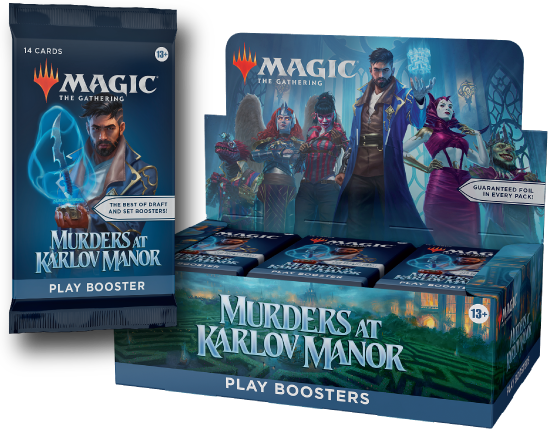

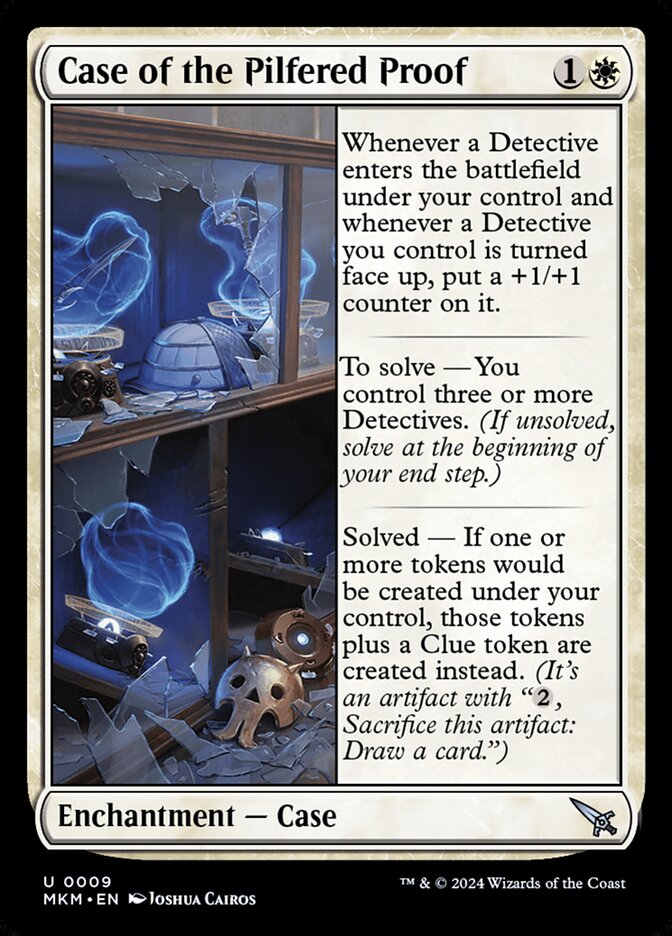
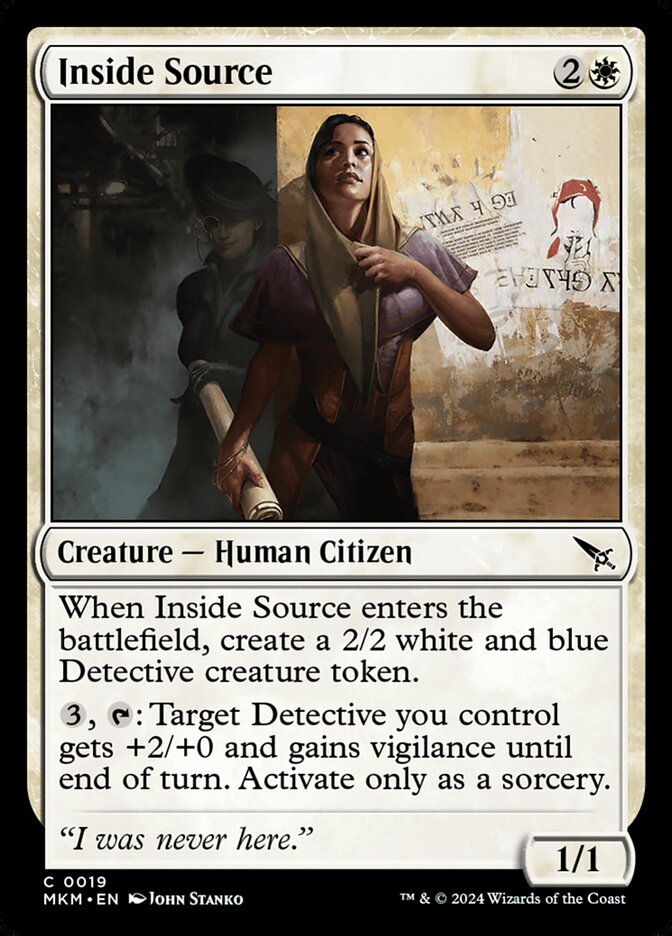
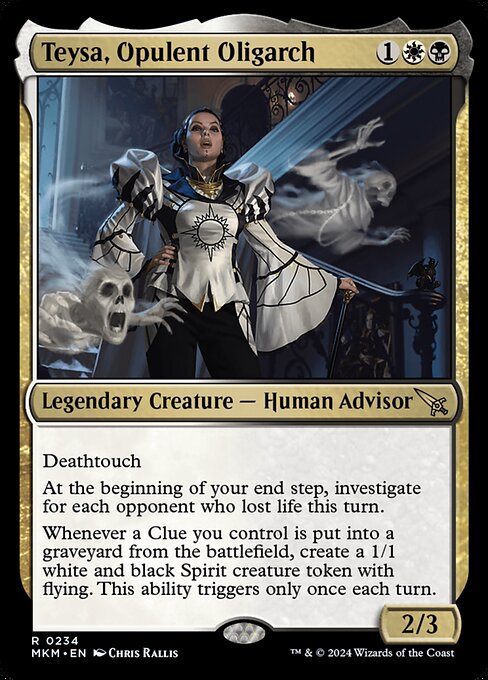
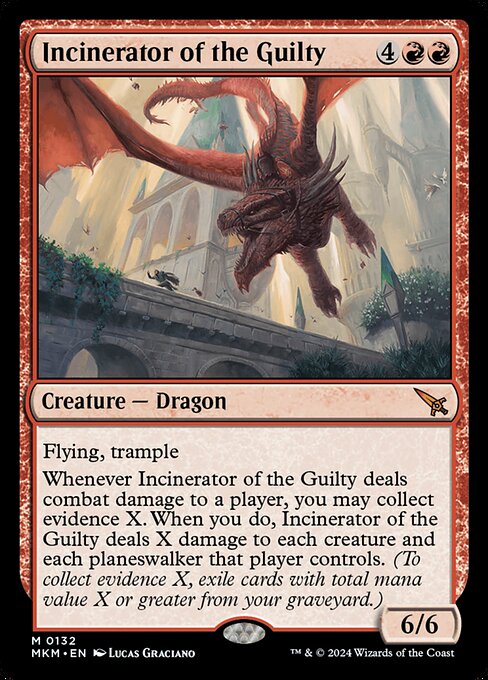


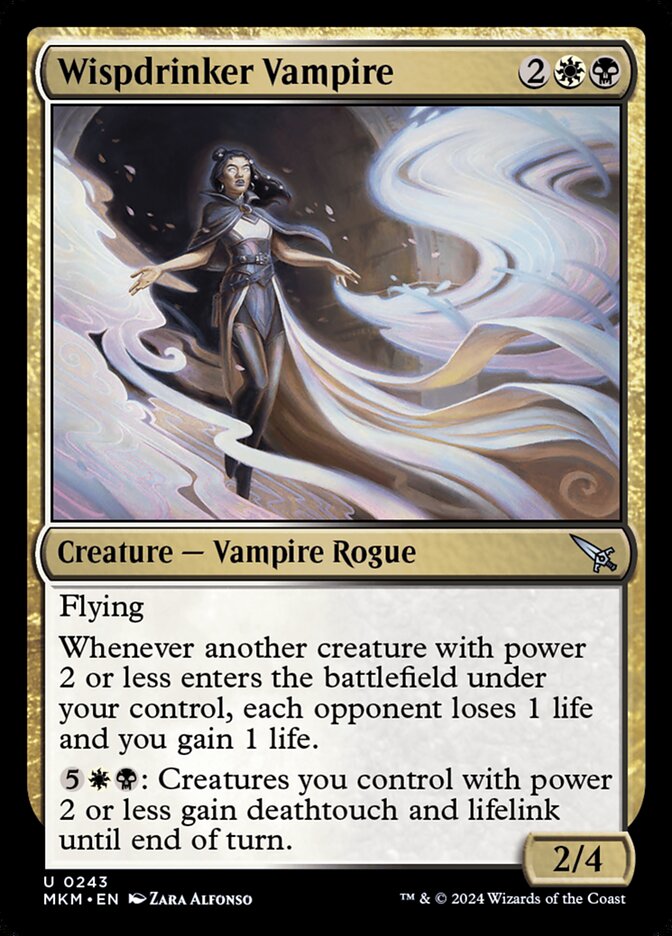
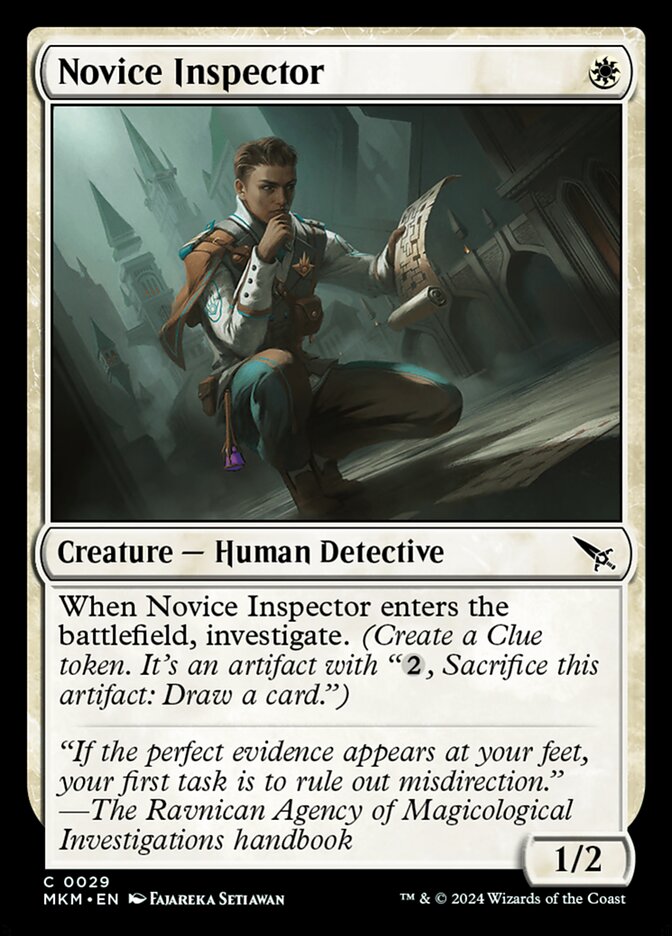
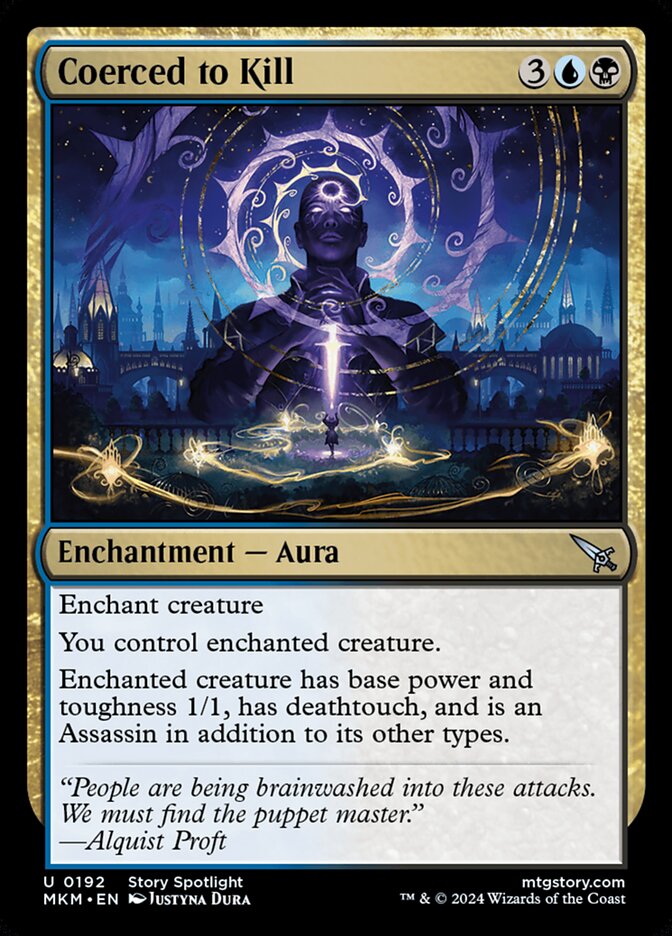
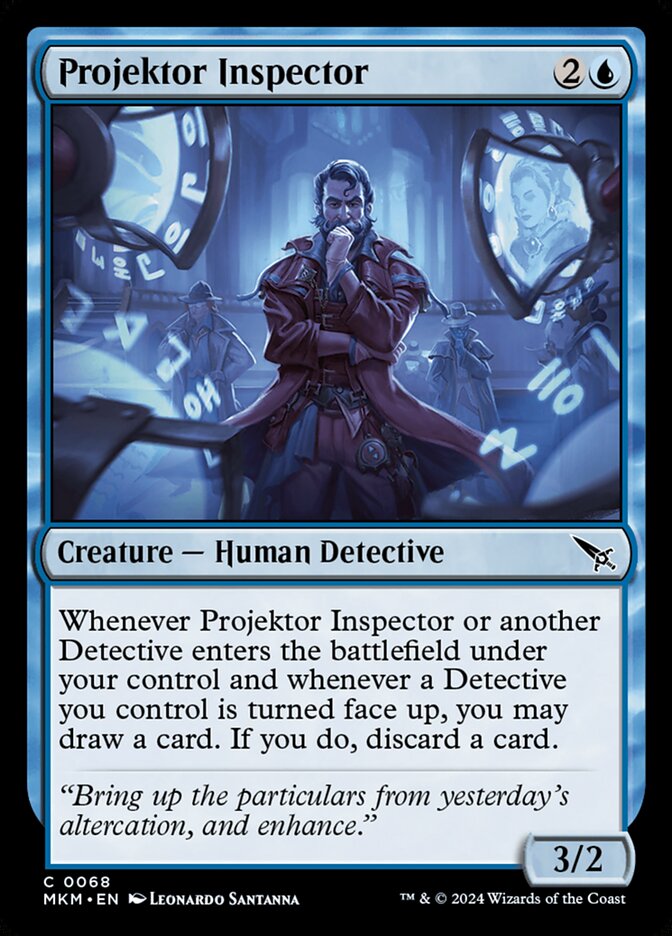
No comments:
Post a Comment